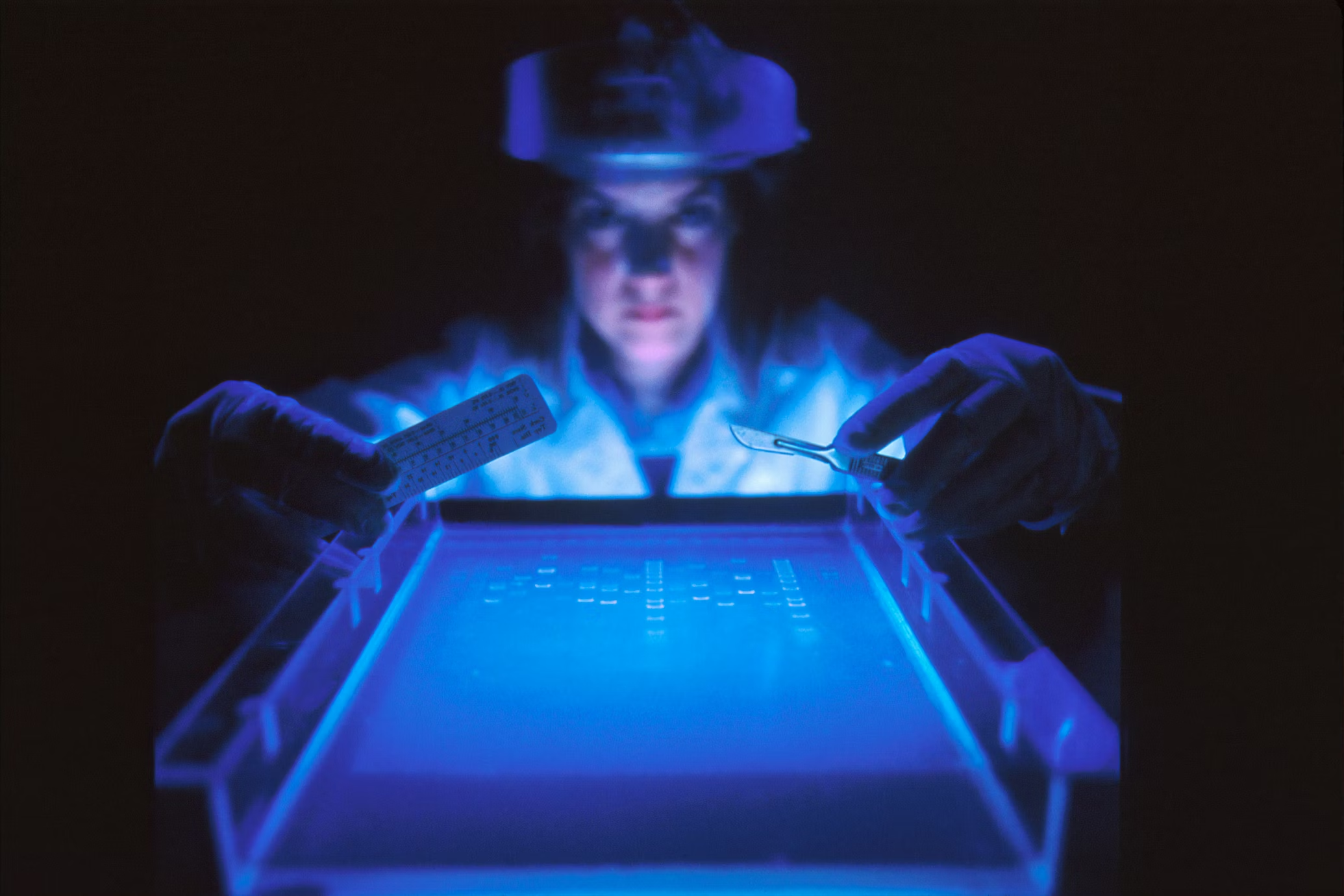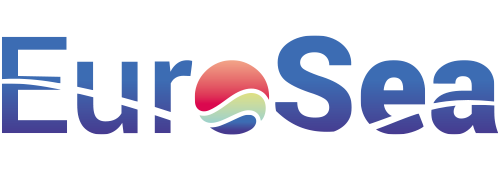
Description
Training and Support: Practical training is provided to end users, enabling them to set up, operate, maintain, and interpret the data products effectively. Traditionally, there may have been a gap between the developers of marine and oceanographic equipment and the end-users. This gap can lead to inefficiencies in system deployment, maintenance, and utilization. By providing dedicated training solutions, the EuroSea project is addressing this gap, ensuring that all stakeholders can optimally utilize and maintain oceanographic systems.
Impact During the Project
Empowerment through Education:
Traditional State: Previously, users, scientists, and local site crew might have relied heavily on manuals when working with oceanographic systems. This approach can be time-consuming and might not impart the hands-on experience required for effective system deployment and maintenance.
Advancement: The dedicated training solutions (on-site training, workshops, and videos) equip stakeholders with practical knowledge, reducing trial-and-error approaches and promoting efficient use and maintenance of equipment. Adding in-situ sensors and data buoys, led by industry and sharing the data with the Copernicus Marine Service enhances the European Ocean Observing System (EOOS).
Impact Post Project
Sustainability:
Traditional State: Due to lack of funding, previous projects have had sustainability issues to continue providing a service post-project.
Advancement: In EuroSea MOUs were drawn up between the project partners and the industry partners in order to ensure continuation of an operational marine observatory for aquaculture post-project. The EuroSea demonstrator buoys will continue to be maintained by industry post-project delivering continuous data feed to the Copernicus Marine Service in-situ TAC. The sensor data feeds into the EuroSea web portal which helps the farms to make more informed decisions during day-to-day farm management. Success is measured on the ability to sustain the ocean observatories into the future (e.g. regular maintenance of sensors and delivery of data to the Copernicus Marine Service).
Advancement over and above State of the Art
To ensure a fit for purpose, sustained observing and forecasting system in Europe, training related to the integration of data streams from the developed EuroSea ocean observatories was achieved following a user driven focused approach that ensured an exchange of knowledge between scientists, aquaculture operators and sensor suppliers. By including links to specific material on the web portal we facilitate easy access and relevant training in a one-stop shop, particularly important in the event of turnover of onsite staff at the observatory.
Links and References
NA
